The prejudices and politics behind the hoodie
Lou Stoppard examines the role of the hooded cotton jersey zip-up as a socio-political carrier in a new exhibition at the Het Nieuwe Instituut in Rotterdam

A hooded cotton jersey zip-up top is the ubiquitous star of modern day parables of social inequality, youth culture, racism, privacy, fear and style. It is also part of a dance craze on TikTok where people playfully poke their legs through its sleeves.
A new exhibition curated by Lou Stoppard at the Het Nieuwe Instituut in Rotterdam – open until 12 April – unpicks these ambiguities. ‘The hoodie sparks a range of emotions, communicating all manner of social and cultural ideas and nuances depending on the gender, geography, age, conduct and ethnicity of the wearer and, in turn, the prejudices and politics of the viewer,’ she writes. To many the hoodie simply offers protection from the cold, to others its complexities are grave.
In 2015, interested in the lack of scholarship around sportswear and sports clothing, Stoppard commissioned a series for SHOWstudio called SPORTSWEAR, which has inspired much of her approach to the show. ‘We made the series during this moment in fashion where the use of sports/street/casual-wear became really apparent yet it felt like people didn’t have the language to talk about it,’ she says. Experienced fashion journalists sniffily noted the arrival of streetwear as an affront to the sanctity of luxury. ‘I remember interviewing Nasir Mazhar and he was constantly annoyed with the terminology people would use around his work. It felt like people were really dismissive of sportswear garments despite their detailed cuts or fabric treatments; if it was in the shape of a tracksuit or a hoodie, it was written off as just that.’
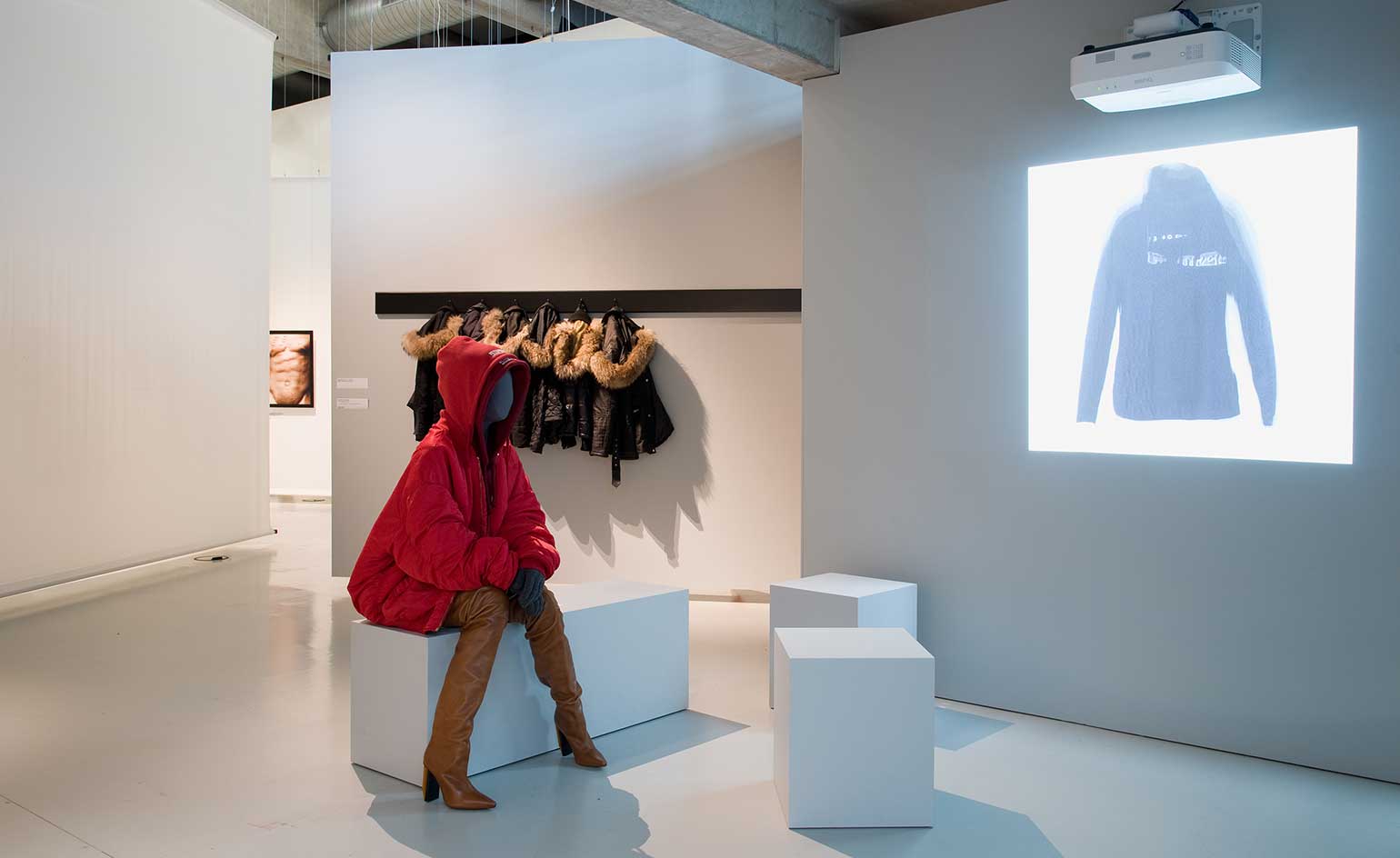
The hoodie is ripe for re-evaluation in our politically agitated age. Stoppard recounts its emergence as a symbol of controversy and, as a result, has made sure to include a lot of news footage in the show: ‘There was a whole period around 2006 in the UK press when the Conservative government launched the “hug a hoodie” campaign that was hooked around ideas of social injustice, violence and youth crime. Remember the images of the London riots? Every newspaper would pick a shot of someone in a hoodie or a tracksuit to run on the front page,’ she says. ‘There are a lot of issues around race, particularly in America with cases like Trayvon Martin, where the hoodie is then reclaimed as a symbol of protest. And if you look at racist policies like stop and search in the UK and who they are targeted at, a lot of this comes down to perceptions on dress.’
The hoodie is tied to culture and subculture too. ‘Think of hip hop and its dominant influence on fashion! There were just lots of different threads that you could pull into an exhibition.’
The mixed-media show includes printed matter, photography and historical dress alongside works by artists such as David Hammons, Sasha Huber, Lucy Orta and Thorsten Brinkmann. The specially commissioned series of films by Bogomir Doringer based around his Faceless project also feature, exploring the preponderance of masked faces in the arts as well as questions around privacy and CCTV. Artist Angelica Falkeling has made an installation that looks at cotton production and the vast amount of hoodies that are manufactured year upon year.
I think there is a perception, a stereotype, that the hoodie is worn to appear strong or aggressive whereas if you speak to people who wear them, as we have for the show, it is quite the opposite,' Stoppard says. ‘So many use it to shut off from the rest of the world by creating their own little private space.
In 2016, Troy Patterson wrote a lyrical op-ed for The New York Times asking of the hoodie: ‘Who enjoys the right to wear one without challenge?’. After reading it, Stoppard began to explore our contradictory codes of status and control. The hoodie isn’t a demonized garment in Silicone Valley – it is worn by some of the world’s most powerful, most influential men. ‘I thought a lot about how we move through the world in our clothing and who can enter any space without thinking about it, and who is questioned constantly for their choices,’ she says. Her wish is that the show acknowledges the reality of anyone who has ever experienced profiling first hand.
Upon entering the gallery, you are confronted with a display of rules and regulations from different institutions about ‘acceptable’ items of dress. Only three months ago the Netherlands’ so-called burqa ban came into affect, inspiring another strand of Stoppard’s research. ‘I hope it gets people thinking about legislation around clothing because I don’t think we realise how common it is. When people read about the burqa ban in the news they might not think it has anything to do with them if they don’t personally wear one, but actually, this issue of regulation around clothing, this constant surveillance, effects everyone,’ she says. ‘We need to push back against it.’
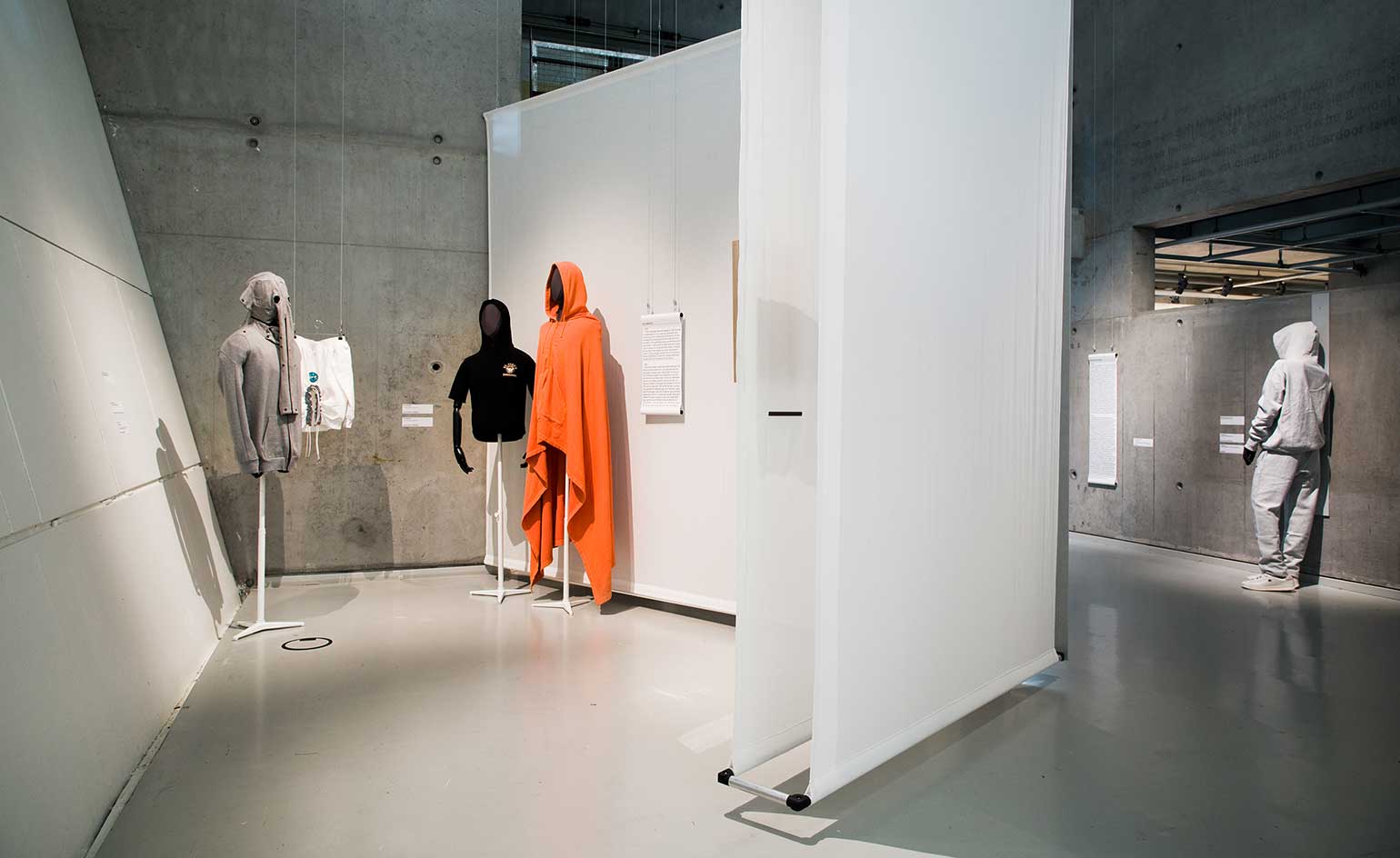
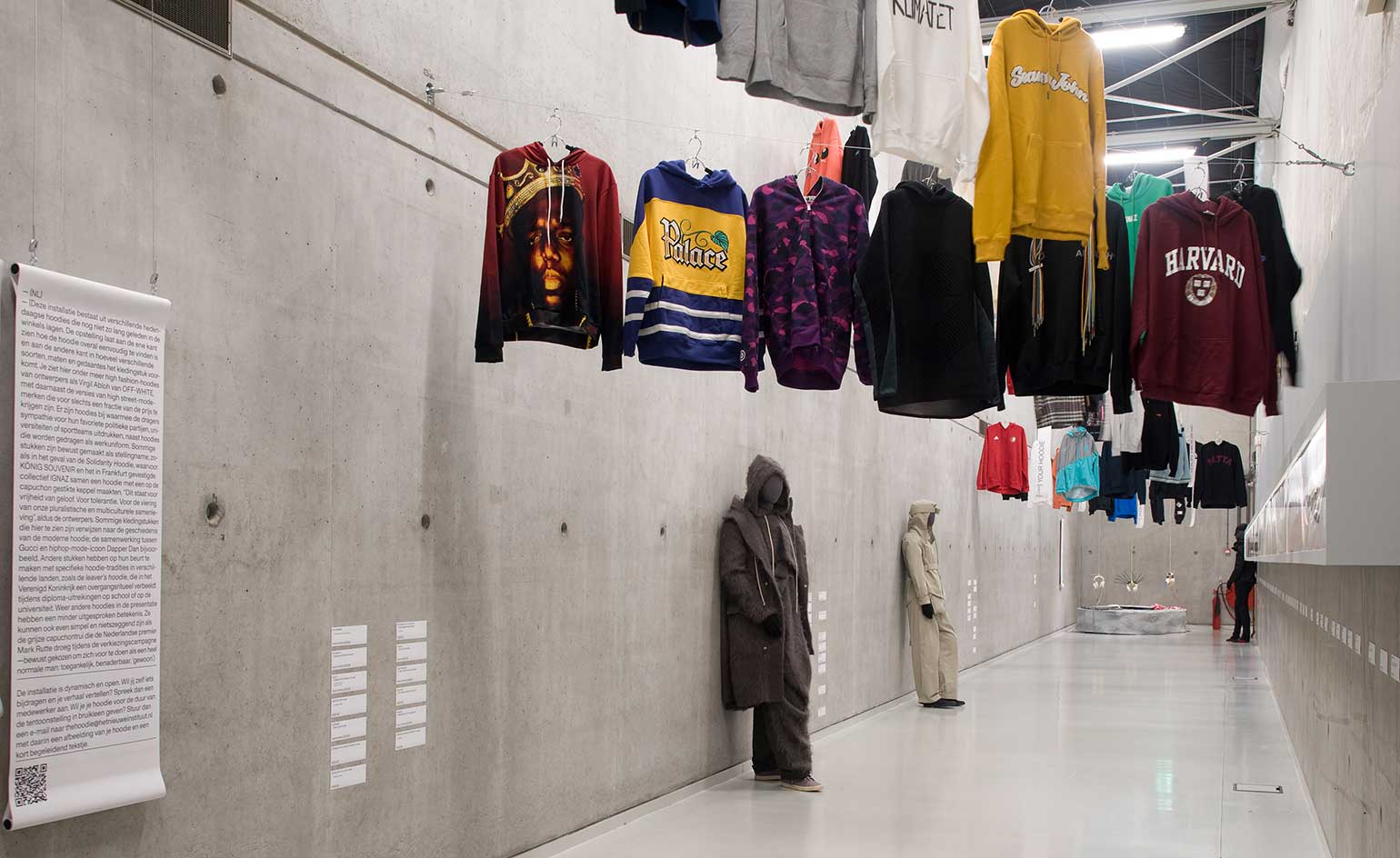
INFORMATION
‘The Hoodie’, until 12 April 2020
hetnieuweinstituut.n
ADDRESS
Het Nieuwe Instituut
Museumpark 25
3015CB Rotterdam
Receive our daily digest of inspiration, escapism and design stories from around the world direct to your inbox.
London based writer Dal Chodha is editor-in-chief of Archivist Addendum — a publishing project that explores the gap between fashion editorial and academe. He writes for various international titles and journals on fashion, art and culture and is a contributing editor at Wallpaper*. Chodha has been working in academic institutions for more than a decade and is Stage 1 Leader of the BA Fashion Communication and Promotion course at Central Saint Martins. In 2020 he published his first book SHOW NOTES, an original hybrid of journalism, poetry and provocation.
-
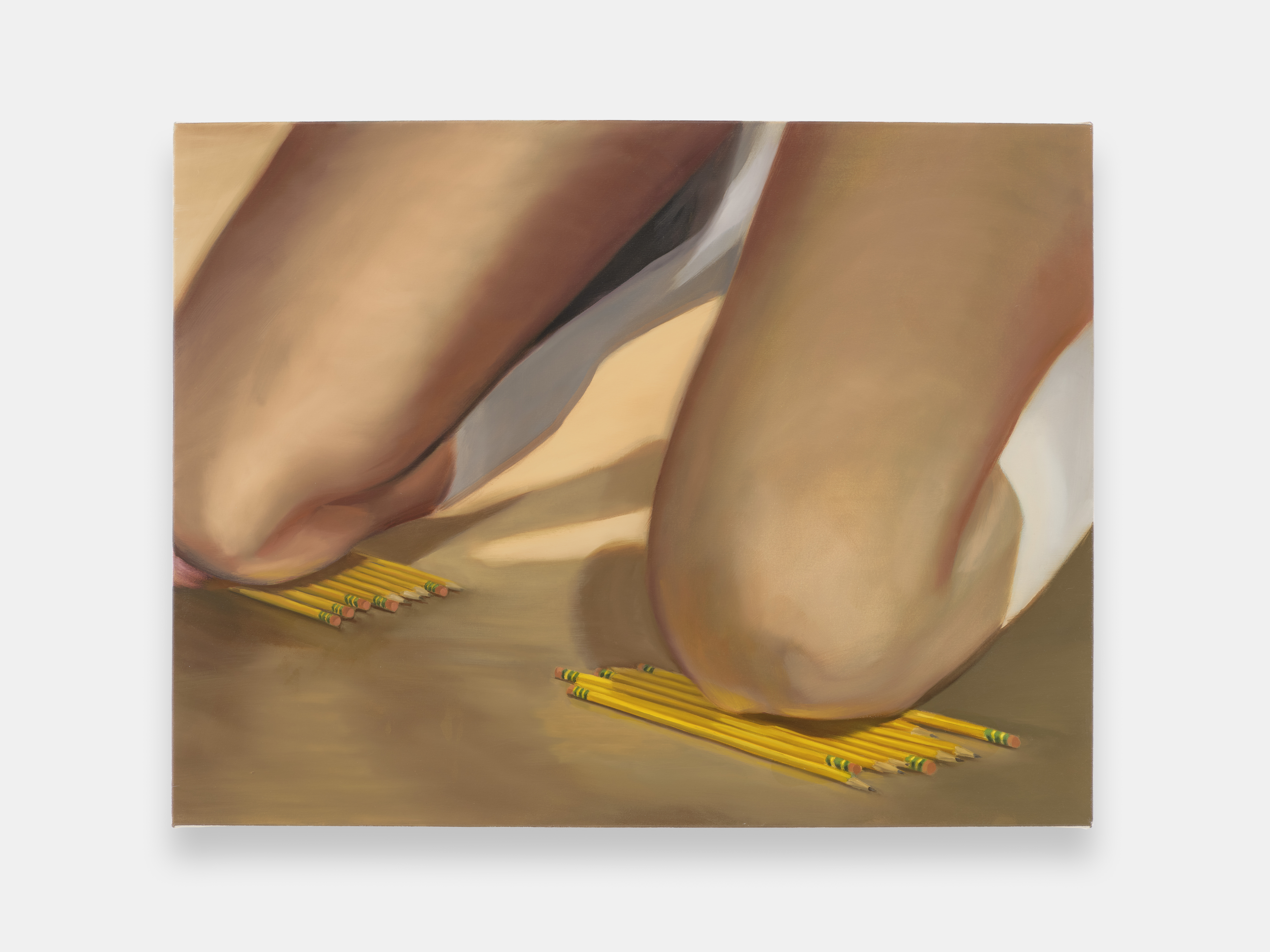 ‘I want to bring anxiety to the surface': Shannon Cartier Lucy on her unsettling works
‘I want to bring anxiety to the surface': Shannon Cartier Lucy on her unsettling worksIn an exhibition at Soft Opening, London, Shannon Cartier Lucy revisits childhood memories
-
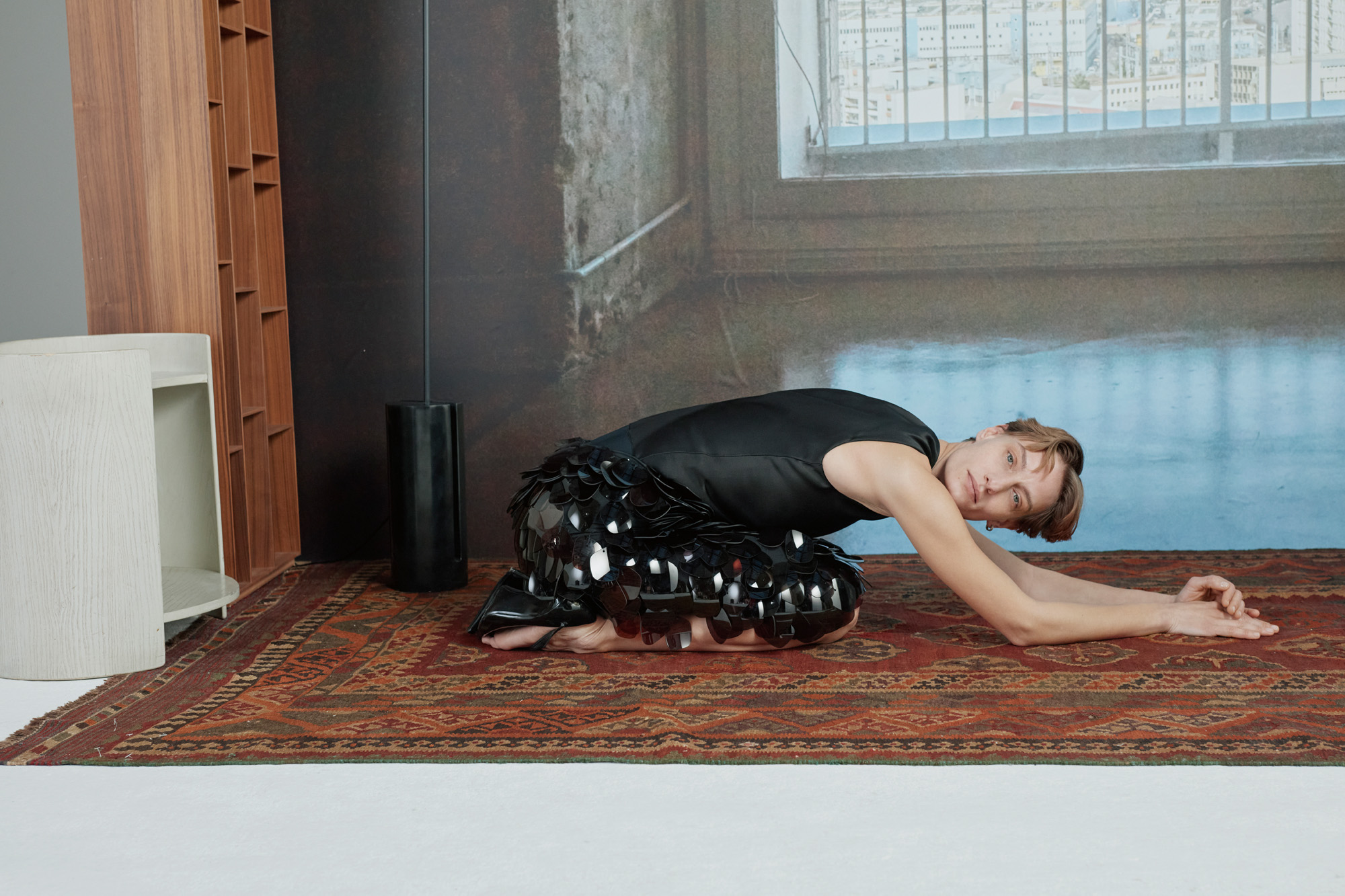 What one writer learnt in 2025 through exploring the ‘intimate, familiar’ wardrobes of ten friends
What one writer learnt in 2025 through exploring the ‘intimate, familiar’ wardrobes of ten friendsInspired by artist Sophie Calle, Colleen Kelsey’s ‘Wearing It Out’ sees the writer ask ten friends to tell the stories behind their most precious garments – from a wedding dress ordered on a whim to a pair of Prada Mary Janes
-
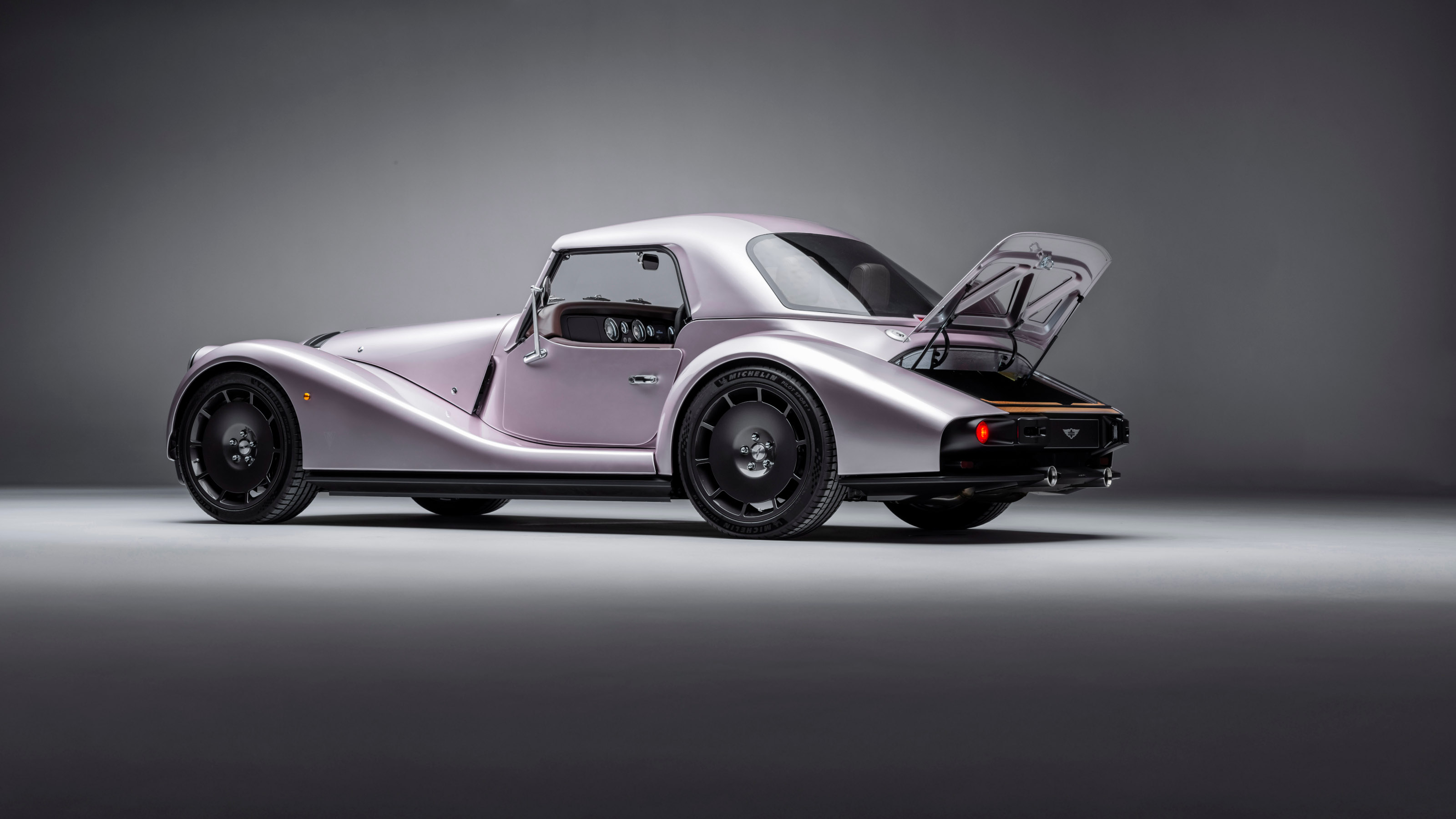 Year in review: 2025’s top ten cars chosen by transport editor Jonathan Bell
Year in review: 2025’s top ten cars chosen by transport editor Jonathan BellWhat were our chosen conveyances in 2025? These ten cars impressed, either through their look and feel, style, sophistication or all-round practicality
-
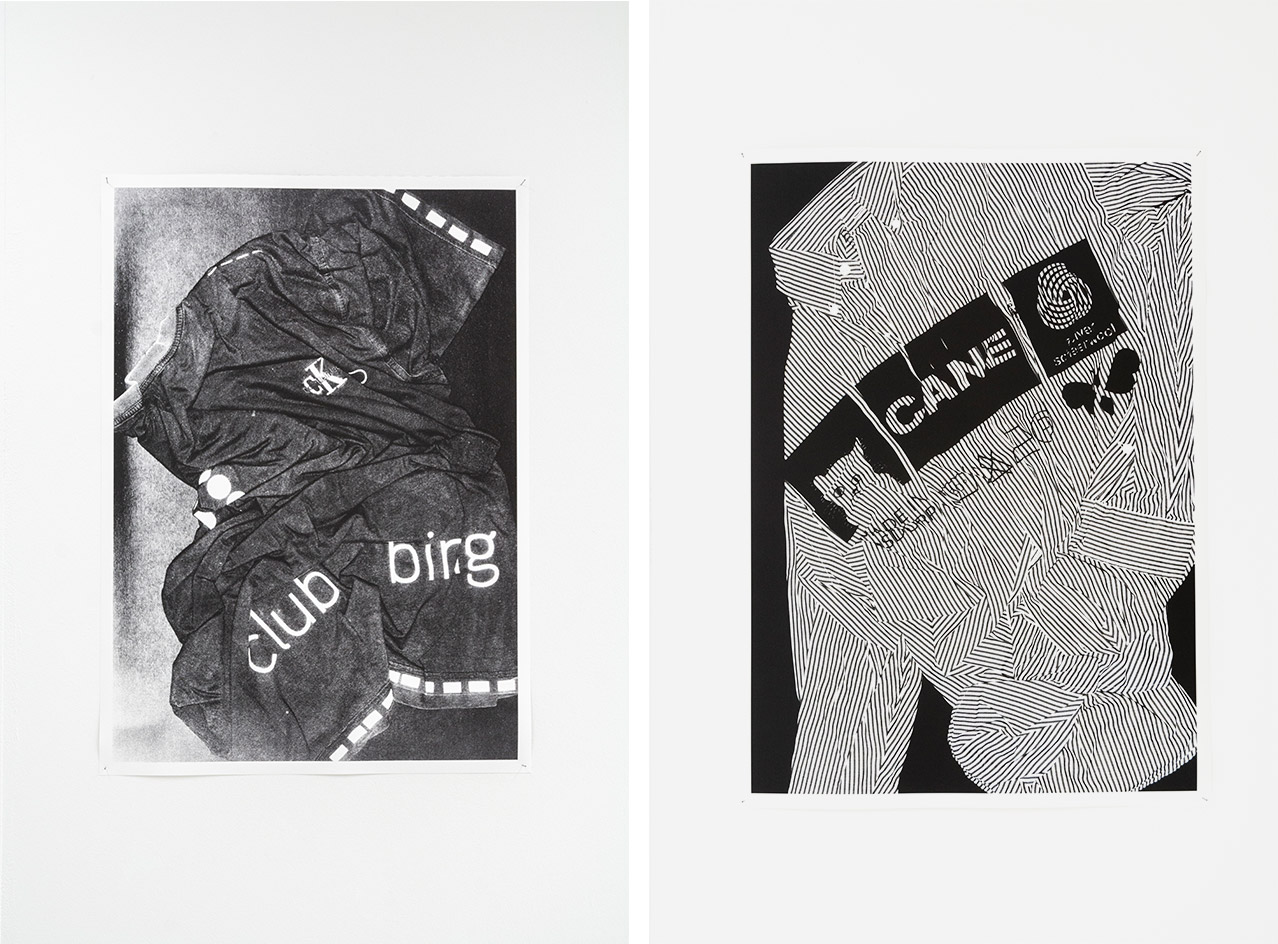 Vintage fast fashion informs Avoidstreet's first solo show in The Hague
Vintage fast fashion informs Avoidstreet's first solo show in The Hague -
 Face off: Walter Van Beirendonck explores the marvel of masks
Face off: Walter Van Beirendonck explores the marvel of masks